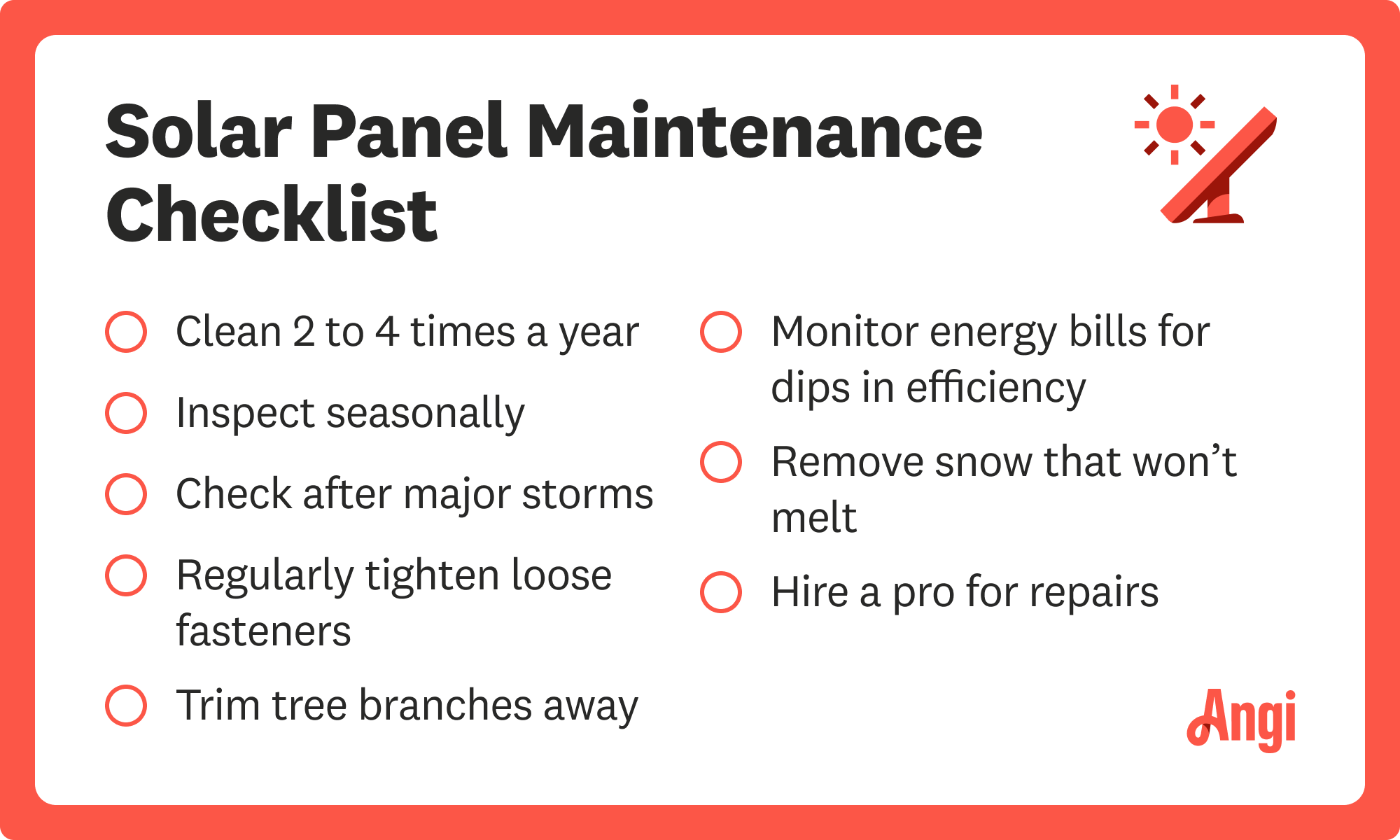How Long Do Solar Batteries Last in 2025? A Complete Guide with Tips & Latest Trends
In today’s rapidly evolving solar market, one key question continues to shape procurement decisions: How long do solar batteries really last — and what impacts their performance over time? ⚡
For solar lighting manufacturers, project integrators, and wholesale buyers, understanding battery lifespan is crucial not only for cost forecasting, but also for ensuring long-term product reliability and customer satisfaction. The good news: with advancements in lithium-ion and LiFePO4 battery technologies, the game has changed in 2025.
In this updated guide, we’ll cover:
- The real-world lifespan of different solar battery types
- Key factors that affect cycle life and performance in the field
- How to select the best battery chemistry for your product line or project
- Maintenance practices to maximize ROI
- Emerging trends in solar battery technology in 2025
Whether you’re sourcing batteries for solar street lights, integrated PV systems, or large-scale off-grid installations, this guide will help you make smarter purchasing decisions — and deliver better value to your clients.
Solar Battery Life Expectancy
When it comes to planning and sourcing solar lighting or off-grid systems for commercial projects, battery lifespan is one of the most critical factors influencing long-term cost and reliability. While PV panels can easily last 20–25 years, batteries have a shorter service life — and choosing the right type of battery for your application can make a significant difference in performance and ROI.
Let’s take a closer look at how different battery chemistries compare in terms of longevity, and how real-world conditions affect their actual lifespan.
How Battery Type Affects Lifespan

Image sourced from https://isolux.com.au/types-of-solar-batteries/.
Not all solar batteries are created equal — different chemistries offer very different service lives, cost profiles, and maintenance needs. Here’s a quick breakdown of the most commonly used types in commercial solar applications:
| Battery Type | Typical Lifespan (Years) | Typical Cycle Life (80% DoD) | Maintenance | Cost Level |
|---|---|---|---|---|
| Lithium Iron Phosphate (LiFePO4) | 10–15 | 3000–6000+ | Low | Medium |
| Lithium-Ion (NMC/NCA) | 8–12 | 2000–4000 | Low | High |
| Lead-Acid (AGM, Gel) | 3–5 | 500–1000 | High | Low |
| Nickel-Based (NiMH, NiCd) | 2–3 | 500–800 | Medium | Low |
For B2B buyers, lithium-based batteries — particularly LiFePO4 — now offer the best balance of lifespan, performance, and total cost of ownership for most outdoor solar lighting and off-grid use cases.
Real-World vs Datasheet Lifespan
It’s important to note that real-world battery lifespan often differs significantly from the "ideal" numbers provided in datasheets.
Datasheets typically list performance under controlled laboratory conditions:
- Constant temperature (usually 25°C)
- Ideal charging profile
- Minimal mechanical vibration
- No deep cycling beyond recommended DoD
In the field, however, factors like:
- Ambient temperature swings
- Overcharging or undercharging
- Depth of Discharge (DoD) fluctuations
- Poor-quality charge controllers
- Lack of regular maintenance (for lead-acid)
…can all shorten battery life.

_"According to Battery University, actual field lifespan for lead-acid batteries can be as short as 1–2 years in high-temperature environments without proper maintenance."_
For example, a LiFePO4 battery rated for 6000 cycles at 25°C may only achieve 4500–5000 cycles if exposed to +40°C summer conditions or repeated deep cycling. Similarly, lead-acid batteries can degrade in just 1–2 years if not properly maintained in a hot or cold outdoor environment.
This is why B2B buyers and project planners should always factor in derating for field conditions when calculating battery life expectancy — and work with suppliers who provide real-world performance data in addition to lab results.
What Affects the Life of Your Solar Battery?
Understanding the various factors that impact the lifespan of solar batteries is crucial for B2B buyers and project planners. These elements influence not only how long the battery lasts but also its efficiency and reliability in the field.
1. Battery Type and Chemistry
As covered earlier, the chemistry of the battery plays a foundational role in its longevity and performance. Lithium Iron Phosphate (LiFePO4) batteries currently offer the best combination of lifespan, thermal stability, and maintenance needs for commercial solar applications. Lead-acid batteries, while cheaper upfront, have shorter lifespans and require more upkeep. Nickel-based batteries are generally less common in high-performance solar systems due to their shorter life and environmental concerns.

Battery Chemistry Comparison Chart (Lifespan, Cost, Maintenance)
2. Charge-Discharge Cycles
Battery life is typically measured in charge-discharge cycles — the number of complete charge and discharge events a battery can undergo before its capacity drops below a usable threshold (usually 80%). Batteries with higher cycle ratings, like LiFePO4, can sustain thousands of cycles, while lead-acid types have far fewer. Frequent deep discharges accelerate wear and reduce total cycles.
3. Temperature & Climate
Extreme temperatures are among the most damaging factors to solar batteries. High heat accelerates chemical degradation, reducing cycle life and capacity, while very cold temperatures can temporarily reduce battery performance and increase charging times. Proper thermal management, such as shading, ventilation, or battery housing, is essential for extending battery life in harsh climates.
4. Maintenance Best Practices
Maintenance requirements vary by battery chemistry. Lead-acid batteries need regular electrolyte level checks, terminal cleaning, and equalization charges to prevent sulfation. Lithium-based batteries require minimal maintenance but benefit from battery management systems (BMS) to protect against overcharge, deep discharge, and temperature extremes. Consistent maintenance prolongs battery life and ensures reliability.
5. Depth of Discharge (DoD) & Usage Patterns
Depth of Discharge (DoD) refers to the percentage of battery capacity used during each cycle. Operating at lower DoD levels generally increases battery lifespan, as deep discharges strain the battery’s chemistry. Usage patterns that involve frequent full discharges or irregular charging can significantly reduce battery life. Designing systems to minimize deep discharge cycles enhances longevity.
How to Extend the Life of Your Solar Battery
Maximizing the lifespan of your solar battery not only reduces replacement costs but also improves system reliability and ROI. Below are practical tips and best practices tailored for B2B buyers and system integrators.
Maintenance Checklist
Regular maintenance is critical, especially for certain battery chemistries like lead-acid. Here’s a checklist to keep your batteries in optimal condition:
- Inspect terminals and connections for corrosion; clean if necessary.
- Check electrolyte levels (for flooded lead-acid batteries) and top up with distilled water as needed.
- Perform equalization charges periodically to balance cells and prevent sulfation.
- Monitor battery voltage and temperature regularly.
- Ensure the Battery Management System (BMS) is functioning properly.
- Clean battery casing to prevent dust and moisture accumulation.
- Schedule periodic capacity tests to detect early signs of degradation.

Solar Battery Maintenance Checklist infographic
Image sourced from:https://www.angi.com/articles/solar-panel-maintenance.htm)
Best Installation Tips
Proper installation plays a huge role in battery longevity. Consider these best practices during setup:
- Install batteries in a cool, dry, and ventilated location away from direct sunlight.
- Use insulated battery boxes or enclosures with temperature control where possible.
- Ensure proper wiring size and secure connections to minimize resistance and heat.
- Avoid stacking batteries or placing heavy objects on them.
- Implement a high-quality charge controller compatible with the battery type.
- Position batteries away from sources of vibration or physical shock.
- Ground the battery system correctly to prevent electrical hazards.
Avoiding Common Mistakes
Many premature battery failures are caused by avoidable mistakes. Watch out for these common issues:
- Over-discharging batteries beyond recommended DoD.
- Using incompatible or poor-quality charge controllers.
- Neglecting regular maintenance, especially for lead-acid types.
- Installing batteries in extreme temperature environments without protection.
- Mixing different battery chemistries or old and new batteries in the same bank.
- Failing to monitor battery health and capacity over time.
- Ignoring manufacturer’s guidelines on charging rates and maintenance schedules.
By proactively avoiding these pitfalls, you can significantly extend the effective life of your solar battery system.
What’s New in Solar Battery Technology in 2025?
The solar battery market is evolving rapidly, driven by advancements in materials science, electronics, and system integration. For B2B buyers and system integrators, staying updated on the latest technology trends helps optimize project design and cost efficiency.
LiFePO4 vs Lithium Ion
In 2025, Lithium Iron Phosphate (LiFePO4) batteries continue to gain market share over traditional lithium-ion (NMC/NCA) chemistries for commercial solar applications. LiFePO4 offers:
- Higher thermal stability and safety
- Longer cycle life (up to 6000+ cycles)
- Better performance in extreme temperatures
- Lower risk of thermal runaway
- Competitive cost per cycle compared to other lithium-ion types
While traditional lithium-ion batteries still dominate in residential energy storage and EV markets, LiFePO4’s robust characteristics make it the preferred choice for outdoor and commercial solar systems.

LiFePO4 vs Lithium Ion battery chemistry and performance comparison
BMS (Battery Management System)
Modern solar batteries increasingly integrate advanced Battery Management Systems (BMS). These systems monitor cell voltages, temperatures, and charge/discharge rates to:
- Prevent overcharging and deep discharging
- Balance individual battery cells for uniform performance
- Protect against overheating and short circuits
- Extend battery lifespan and reliability
In 2025, BMS technology has become more sophisticated, allowing remote monitoring, diagnostics, and integration with IoT platforms—essential features for commercial solar projects demanding reliability and data transparency.
Smart Solar Batteries
The rise of smart solar batteries equipped with IoT connectivity enables real-time data reporting and predictive maintenance. These batteries communicate with system controllers and cloud platforms, providing:
- State of charge (SoC) and state of health (SoH) data
- Alerts for potential faults or degradation
- Optimization of charging schedules based on weather forecasts and load profiles
For B2B customers, smart batteries reduce downtime and maintenance costs while improving overall system efficiency.
Cost Trends
Although the upfront cost of lithium-based solar batteries remains higher than lead-acid alternatives, the cost per cycle and total cost of ownership (TCO) continue to improve significantly. In 2025:
- LiFePO4 battery prices have dropped by 10-15% compared to 2023, driven by supply chain improvements and manufacturing scale.
- Higher cycle life and lower maintenance costs make advanced lithium batteries more economical for commercial projects over the long term.
- Emerging battery recycling and second-life programs are expected to further reduce environmental impact and lifecycle costs.
Understanding these cost dynamics is crucial for B2B buyers aiming to maximize ROI in solar projects.

Solar battery price trends & TCO comparison over 5-10 years
FAQs About Solar Battery Life
Q1: How long does a typical solar battery last?
A: Most lithium-based solar batteries, such as LiFePO4, last between 10 to 15 years, while lead-acid batteries typically last 3 to 5 years under normal conditions. Actual lifespan depends on usage, maintenance, and environmental factors.
Q2: What factors most affect solar battery lifespan?
A: Battery chemistry, charge-discharge cycles, temperature extremes, maintenance practices, and depth of discharge (DoD) are key factors that influence how long a solar battery will perform optimally.
Q3: Can I extend my solar battery’s life?
A: Yes! Proper installation, regular maintenance, avoiding deep discharges, and using a quality Battery Management System (BMS) all help prolong battery life.
Q4: When should I replace my solar battery?
A: Replace your battery when its capacity falls below 80% of the original, or if you notice decreased runtime and performance issues. Regular capacity testing helps determine the right time.
Q5: Are lithium batteries better than lead-acid for solar systems?
A: Generally, yes. Lithium batteries, especially LiFePO4, offer longer lifespans, higher efficiency, and lower maintenance compared to lead-acid batteries, though they come at a higher upfront cost.
Q6: How does temperature impact battery performance?
A: High temperatures accelerate battery degradation, while very low temperatures can reduce battery capacity and increase charging times. Proper thermal management is essential.
Conclusion
Understanding solar battery life expectancy and the factors that influence it is vital for making informed decisions in commercial solar projects. With advancements in battery technology, especially lithium iron phosphate (LiFePO4) chemistry and smart Battery Management Systems, solar batteries are becoming more reliable, safer, and longer-lasting than ever before.
For B2B buyers, investing in quality batteries with proper installation and maintenance not only improves system performance but also maximizes return on investment over the system’s lifetime. Stay informed about the latest technology trends and cost developments to select the best solar battery solution tailored to your project needs.
At Glowyard Garden Lighting, we specialize in manufacturing high-quality solar Garden lights designed to meet commercial demands. Contact us to learn how our products can power your projects efficiently and reliably.













